Project
Why Archaeological Wildlife?
Wildlife is a pressing global concern. Growing recognition that human life is both fundamentally reshaping and dependent on the natural world has sparked varied intellectual and practical reactions. The current nature conservation ‘rewilding’ movement is a powerful example. Bold experiments are underway across the world to reinstate wild plants and animals destroyed locally by human activity and to enable natural processes that allow both people and wildlife to thrive. Nature recovery and the makeup of human ecologies more broadly have become central analytical themes for scientists and humanities researchers alike (Leverhulme Centre for Nature Recovery).
Wildlife can be difficult to reach archaeologically. Wild plants and animals are relatively rare in excavated assemblages; environmental archaeology data in Britain are currently scattered across diverse and inaccessible data silos. Aspects of archaeological wildlife – birds, bears, insects, woodland, and so on – are typically presented as interesting asides or as environmental ‘backdrop’ rather than being built into to mainstream human histories. The current wealth of under-researched environmental data from developer-funded excavations in Britain, international moves towards Open Science practices, recent theorisations of huma-environment relations, the emergence of new scientific methods via which to apprehend archaeological wildlife, and growing impetus within the nature conservation community to engage with past wildlife perspectives, make Rewilding’ later prehistory’s serious consideration of archaeological wildlife both timely and necessary.
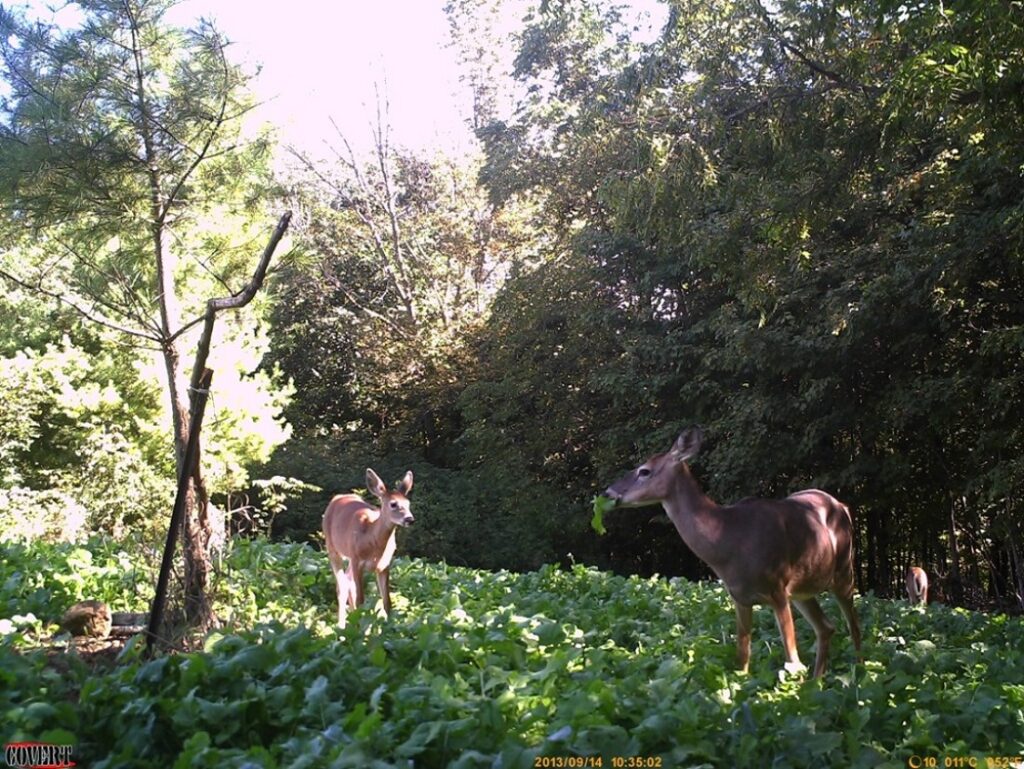

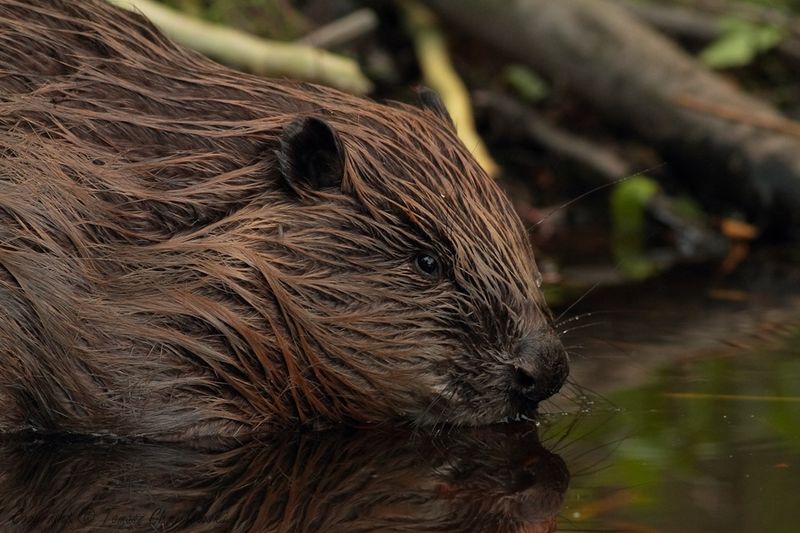
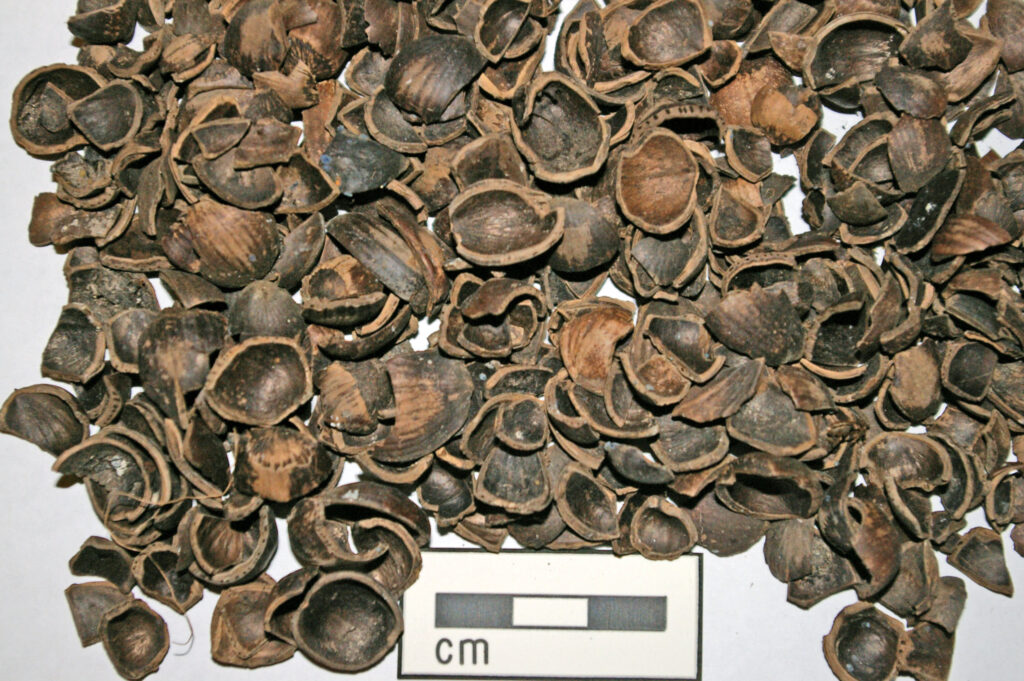
Research aims
Key research aims are to:
1. Undertake a unique study of archaeological ‘wildlife’ and establish its crucial contemporary relevance by:
(a) Producing a novel diachronic and cross-regional synthesis of B/IA ecologies
(b) Building an original methodological and interpretative toolkit for studying archaeological wildlife
(c) Reflecting critically on past and present conceptualisations of wildlife
(d) Asking how past wildlife perspectives and current nature conservation practices can be mutually informative
2. Co-create (with the environmental archaeology community) a new digital infrastructure in order to transform access to plant and animal remain data in Britain
3. Pilot an original mode of cross-sector research, and thus to diversify the research landscape by:
(a) Harnessing an exemplary research team within a major ‘non-academic’ fieldwork body, Oxford Archaeology, to lead an ambitious interdisciplinary research programme
(b) Building capacity within Oxford Archaeology – in terms of skills and networks – to develop further research avenues and to lead the way in future cross-sector working
Methodology
Archaeobotany
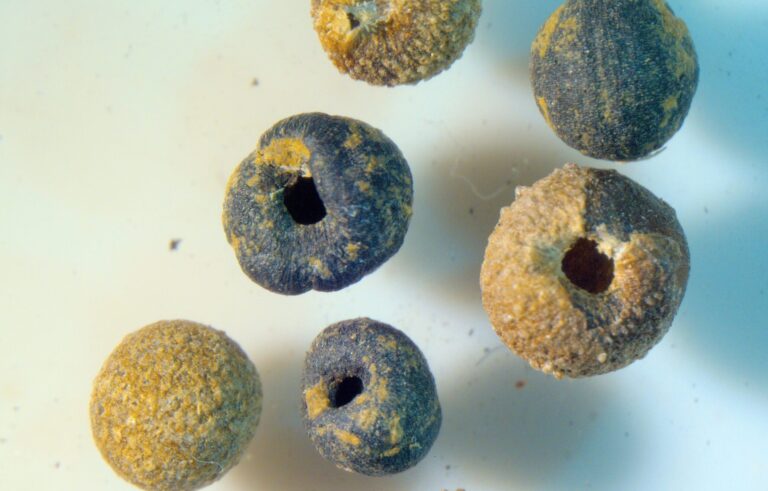
Plant remains can be preserved in archaeological deposits for thousands of years when reduced to inert states through charring, waterlogging or mineralisation. Studying these ‘macrofossils’ allows us to explore human–plant relationships, both in terms of plants deliberately gathered or cultivated and those which formed the ecological backdrop to people’s lives.
Zooarchaeology
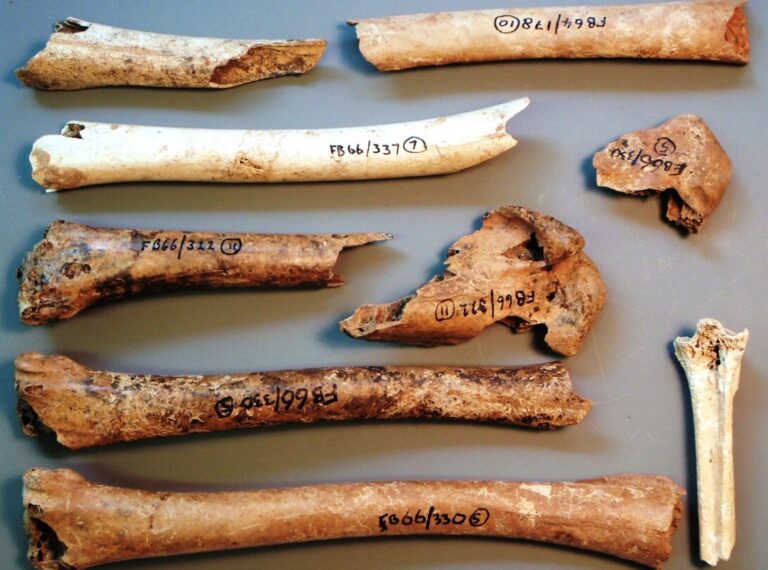
Collating data on the archaeological remains of (vertebrate) fauna allows us to understand which wild species humans came into contact with. Modifications to bones, such as gnawing, cut marks or their use in material culture, are ways by which we can see how humans interacted with, and conceptualised, wildlife.
Pollen-Modelling
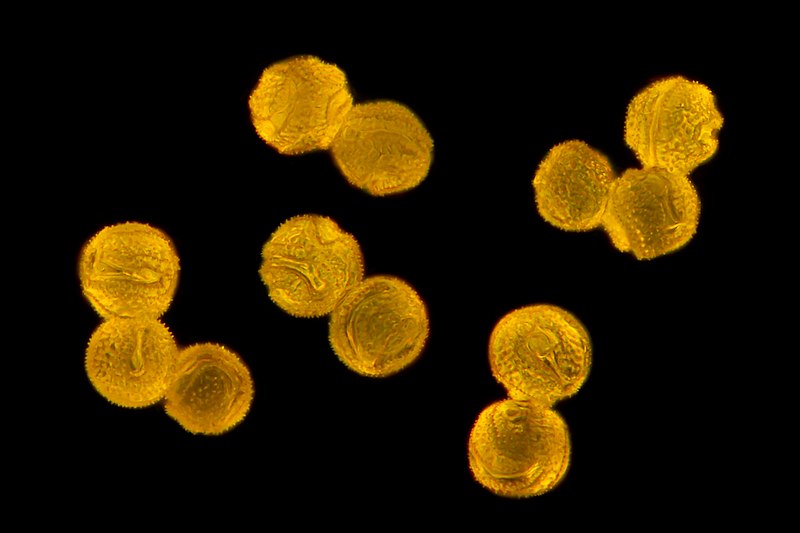
Core samples are taken through successive sediment layers, from which preserved pollen microfossils can then be extracted in sequence. When analysed, these can give us insights into vegetational histories and past environments
Archaeogenetics
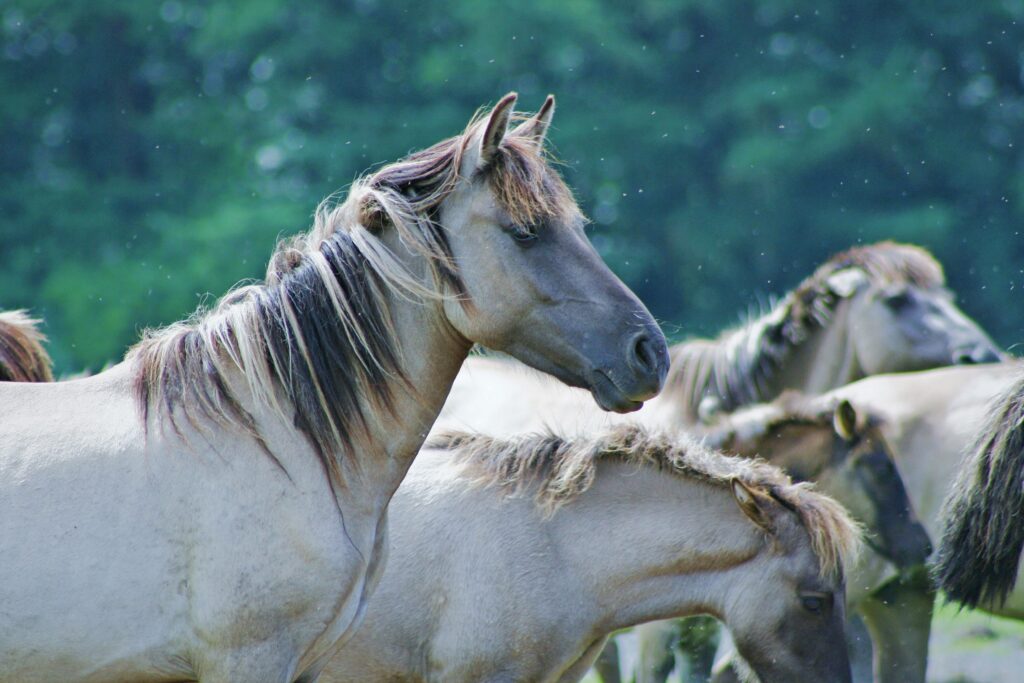
The study of ancient DNA (aDNA). Cutting-edge target enrichment approaches allow us to maximise the genetic data obtained from animal remains, which can become degraded and fragmented over time.
Stable Isotopes
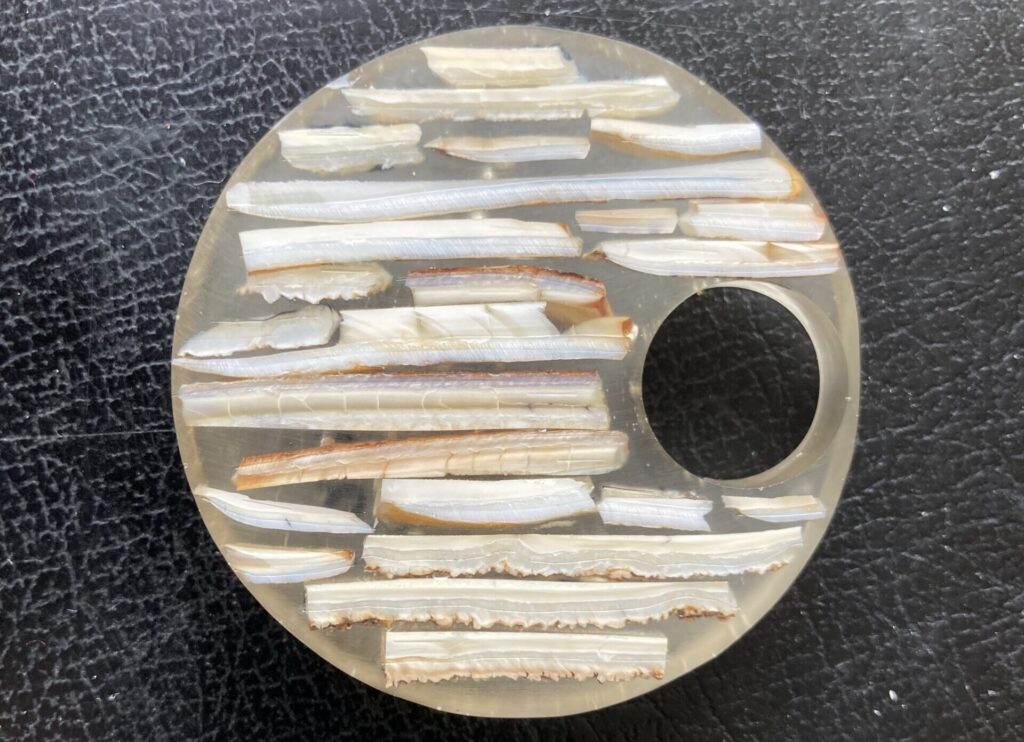
Stable isotopes are non-radioactive chemically distinct forms of the same element. When extracted from bioarchaeological remains, analysis of stable isotopes can shed light onto the diet, environmental context and mobility of past populations.